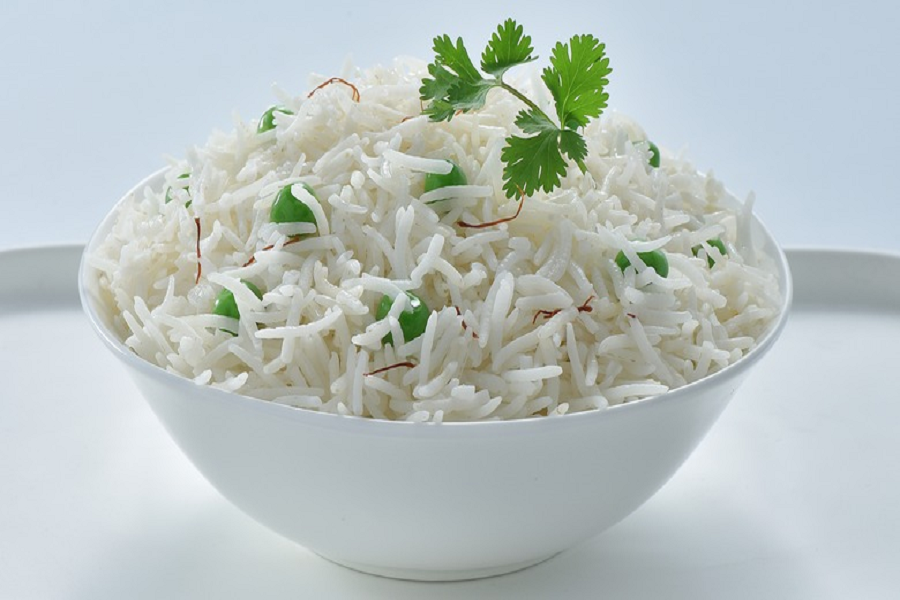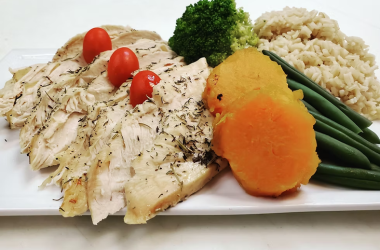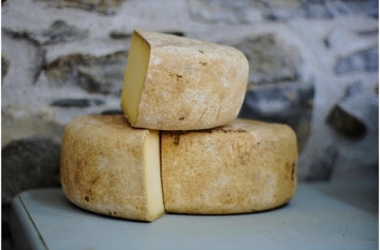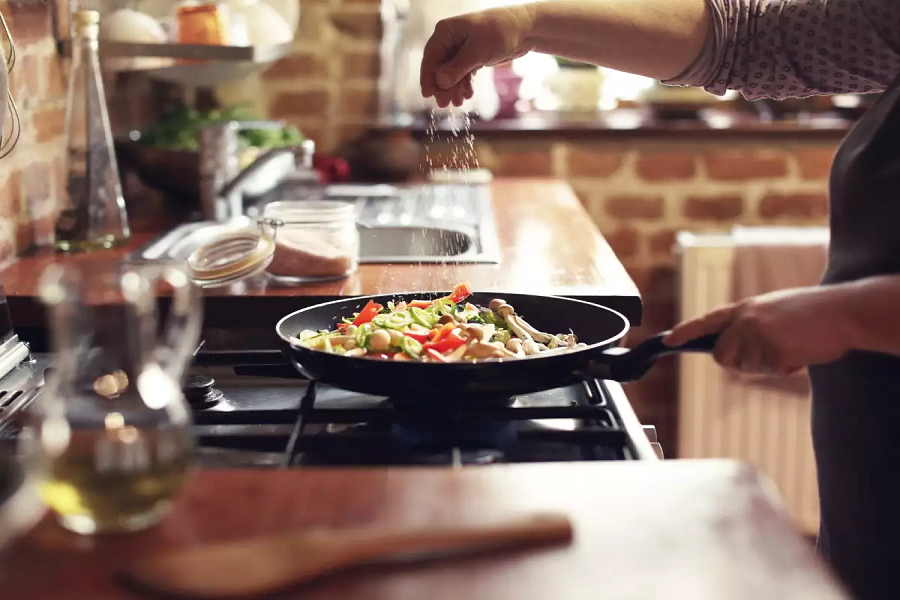Hey there, fellow food enthusiasts! Today, we’re diving deep into the heart of Indian cuisine to explore one of its most cherished ingredients: Everyday basmati rice. This aromatic, long-grain rice is the backbone of many Indian dishes, and they are being used in everything from stuff like Kohinoor Biryani kit to pulao. And if you want to elevate your culinary skills, mastering the art of cooking Basmati rice to fluffy perfection is a must. So, let’s get right to it and uncover the secrets to achieving that cloud-like fluffiness with Basmati.
The Basmati Magic
First things first, let’s talk about what makes something like Kohinoor rice so special. The name “Basmati” is derived from the Sanskrit word “vasmati,” which means “fragrant.” True to its name, something like Kohinoor rice is celebrated for its distinctive aroma. This long-grain rice is grown primarily in the fertile plains of India and Pakistan, where the unique combination of soil, climate, and water imparts an unmatched fragrance to the rice. It’s no wonder that Basmati is the preferred choice for Indian cooking!
Choosing the Right Basmati Rice
Before you start cooking, you need to select the right kind of Basmati. There are several varieties available in the market, and it’s essential to choose one that suits your dish and cooking method. Here are some popular everyday basmati rice varieties:
Traditional Basmati:
This is your go-to option for classic dishes like biryani. It’s long and slender and becomes beautifully fluffy when cooked.
Brown Basmati:
For those seeking a healthier alternative, brown Basmati retains the bran layer, which makes it more nutritious and nuttier in flavour.
Golden Sella Basmati:
Parboiled and aged, this variety is ideal for pulao. It retains its shape and has a slightly nutty taste.
Basmati for Desserts:
Some dishes, like kheer (rice pudding), call for Basmati rice with shorter grains.
The Soaking Game
Now that you’ve chosen your everyday basmati rice, let’s start the cooking process. The first step to achieving the perfect fluffiness is soaking. Soaking the rice not only shortens the cooking time but also ensures even cooking. Here’s how you do it:
Rinse Thoroughly:
Place implements like Kohinoor rice in a fine-mesh strainer and rinse it under cold water until the water runs clear. This step removes excess starch and prevents the rice from becoming sticky.
Soak It Right:
For regular Basmati rice, soak it for at least 30 minutes in enough water to cover the grains. If you’re using brown Basmati, extend the soaking time to a couple of hours.
Add Flavour:
If you want to infuse extra flavour, add a pinch of salt, a few strands of saffron, or a couple of cardamom pods to the soaking water. This can take your dish to the next level.
Perfecting the Cooking Process
The cooking of Basmati rice, even if that comes with something like the Kohinoor biryani kit, is an art that requires attention to detail. Follow these steps to ensure you get that fluffy, aromatic result:
The Right Pot:
Use a heavy-bottomed pot with a tight-fitting lid. This helps in even heat distribution and prevents steam from escaping.
Drain the Rice:
After soaking, drain the rice thoroughly. You want to get rid of any excess water to prevent overcooking and sogginess.
The Water Ratio:
The general rule of thumb is 1.5 to 2 cups of water for every cup of rice, depending on the variety. Check the packaging for specific instructions.
Bring to a Boil:
Place the drained rice in the pot and add the required amount of water. Boiling over medium heat works just as fine.
Simmer and Cover:
As soon as it starts boiling, reduce the heat to low, cover the pot tightly, and let it simmer. Do not peek, as this can release precious steam.
Cooking Time:
Cooking times vary between 15-20 minutes for white Basmati rice and 40-45 minutes for brown Basmati. Cooking times can also depend on the age and quality of the rice, so keep an eye on it.
Fluff with a Fork:
Once the cooking time is up, turn off the heat and let it sit for a few minutes. Then, gently fluff the rice by using a good fork to prevent the forks from getting mashed up.
Additional Tips for Fluffiness
To elevate your everyday basmati rice game further, consider these additional tips:
– Butter or Ghee:
Adding a small pat of butter or a spoonful of ghee while fluffing the rice can add a delightful richness to the grains.
– Resting Time:
Allow your cooked rice to rest for a few minutes before serving. This gives it time to fully absorb any remaining moisture.
– Dress It Up:
To make your Basmati rice even more enticing, consider adding sautéed onions, toasted nuts, or fresh herbs. These toppings can take your dish to another level of deliciousness.
Why Basmati?
Intrigued by the idea of using something like Kohinoor rice in your dishes? You’re making an excellent choice! Besides its incredible flavour and aroma, Basmati rice offers several benefits:
Low Glycemic Index:
Basmati rice has a lower glycemic index compared to other rice varieties, making it a great choice for those conscious of their blood sugar levels.
Versatile:
Whether you’re making a savoury biryani or a sweet rice pudding, Basmati rice is incredibly versatile, adapting to both sweet and savoury flavours.
Rich in Nutrients:
Basmati rice is a good source of essential nutrients like carbohydrates, vitamins, and minerals, making it a wholesome addition to your diet.
The Perfect Companion:
Basmati rice pairs wonderfully with a variety of Indian curries and stews, absorbing their flavours and enhancing your dining experience.
Conclusion
In the world of Indian cuisine, Basmati rice is the king of grains, offering a unique aroma and taste that elevate your dishes to new heights. By following these simple yet crucial steps for selecting, soaking, and cooking something like Kohinoor rice, you can achieve that perfect fluffiness that’s so characteristic of Indian recipes.
So, next time you’re planning to whip up a delicious biryani from something like a Kohinoor biryani kit, fragrant pulao, or creamy rice pudding, remember these tips to ensure that your Basmati rice comes out as fluffy and aromatic as it should. Happy cooking, and enjoy your delightful Basmati rice creations!


















